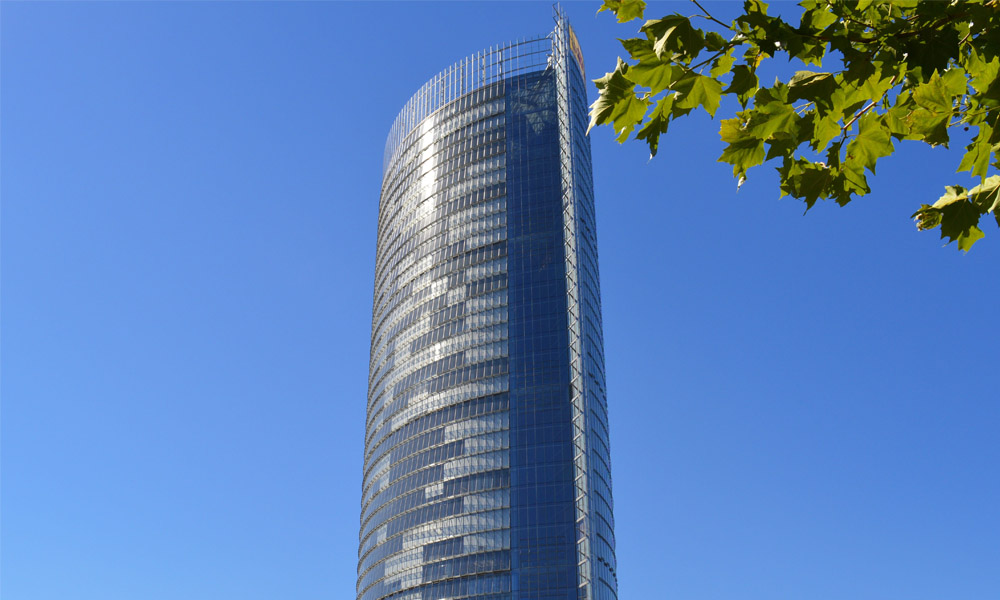Float glass, a fundamental component in modern architecture and design, comes in several types, each tailored to meet specific requirements and preferences. Understanding these varieties not only enhances our appreciation for their practical applications but also underscores the technological strides in glass manufacturing that prioritize durability, aesthetics, and sustainability.

At the heart of float glass production is the standard annealed glass, heralded for its crisp clarity and uniform thickness. This ubiquitous type is crafted by floating molten glass over a bed of molten tin, giving it perfectly flat surfaces. Its versatility sees its use in windows, furniture, and mirrors. Despite its popularity, standard float glass shatters under stress, making it less suitable for environments where safety is paramount.
Enter toughened or tempered glass, an evolution in the float glass industry that addresses safety concerns. By subjecting annealed glass to controlled thermal treatments, it becomes four to five times stronger, and when broken, it disintegrates into small granular chunks rather than jagged shards. This makes it ideal for applications such as shower doors, skyscraper windows, and automobile windows, where human safety is a concern.

Another significant type is laminated glass, a staple in the float glass family renowned for its safety and sound insulation qualities. By sandwiching a layer of polyvinyl butyral (PVB) between two sheets of glass, laminated glass retains its integrity even when shattered. This ingenious design has made it a preferred choice for car windshields and bank security windows, reflecting the industry's focus on safety and reliability.
Energy efficiency is another crucial aspect driving innovation in float glass. Low-E (low-emissivity) glass stands out in this regard, offering superior thermal insulation properties. Coated with microscopic layers of metallic oxides, Low-E glass reflects infrared energy (heat) while allowing visible light to pass through, significantly reducing energy consumption in buildings. This makes it a favorite among environmentally conscious builders aiming to achieve energy-efficient and sustainable construction.
types of float glass
For those prioritizing privacy without sacrificing natural light, frosted float glass is an optimal solution. Its distinct, translucent finish is achieved through sandblasting or acid etching, which scatters light and blurs visibility. Often utilized in office partitions and bathroom windows, frosted glass elegantly balances functionality with design aesthetics.
Reflective glass, another marvel in the float glass spectrum, brings a mirror-like surface finish that enhances both aesthetics and solar control. Thanks to its thin metal oxide coating, reflective glass reduces glare and heat penetration, making it ideal for buildings in sun-heavy climates. This type not only contributes to the building's exterior beauty but also improves energy efficiency by minimizing the need for artificial cooling.
Lastly, patterned float glass adds a decorative element to functional glazing. With a variety of textures and designs pressed onto its surface during the manufacturing process, this glass type is perfect for creating visually appealing and private spaces without sacrificing light transmission.
Each type of float glass is the result of meticulous engineering intended to meet specific demands for safety, energy efficiency, privacy, and aesthetics. As technology and innovation drive the glass industry forward, these types of float glass continue to evolve, offering ever-more advanced solutions for modern architectural needs. Whether for a sleek skyscraper or a cozy home, float glass remains a pivotal material, underpinning both the architectural integrity and aesthetic allure of countless structures worldwide.



